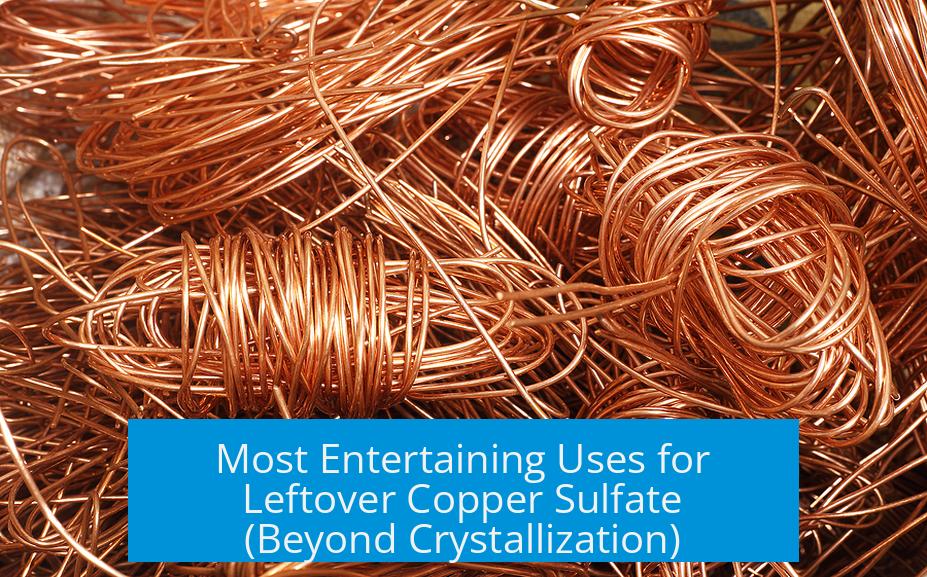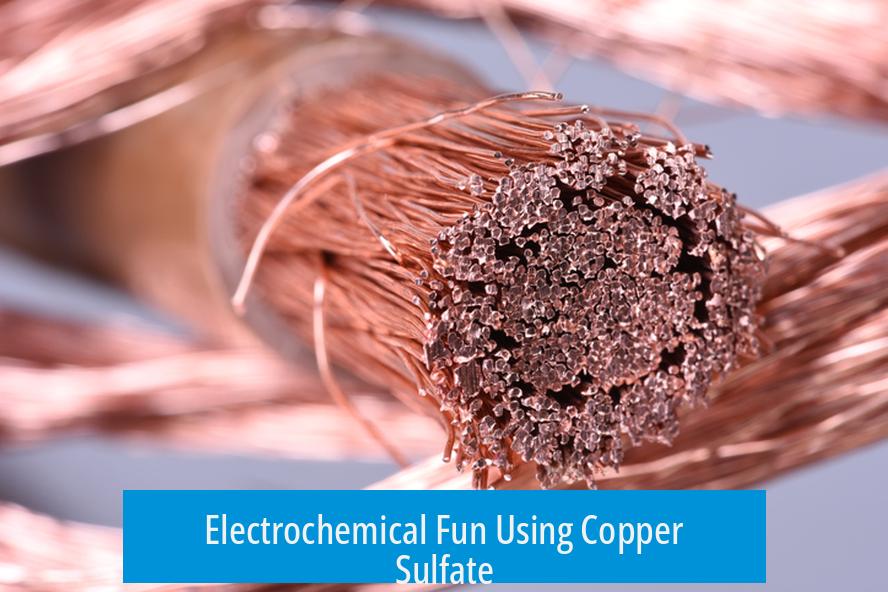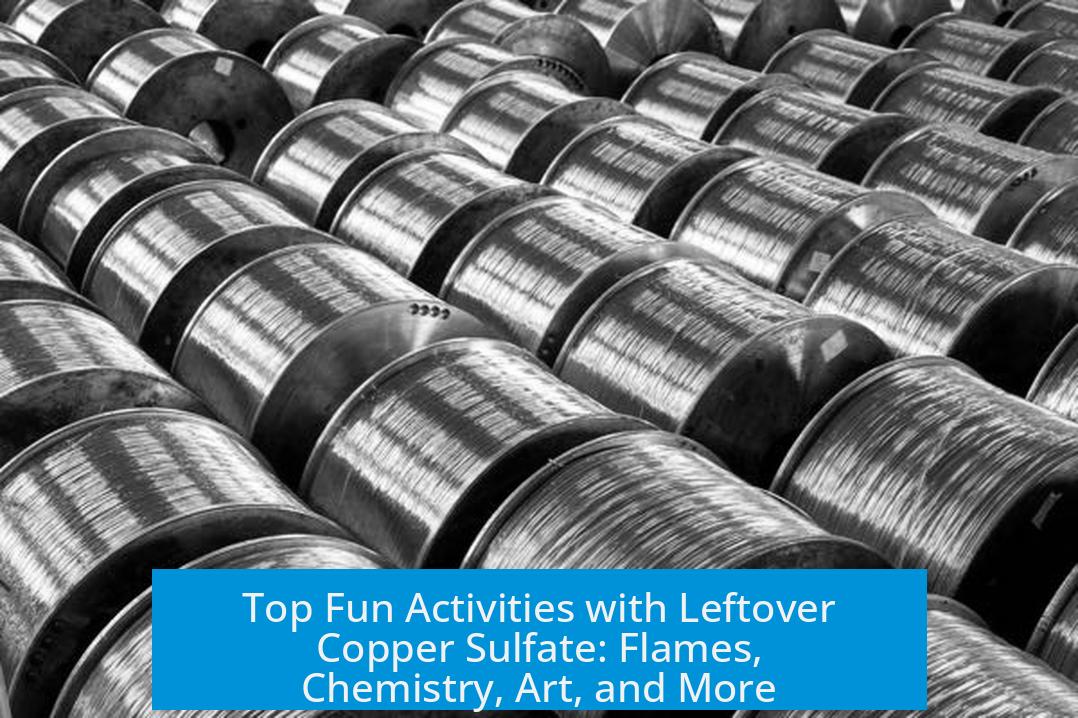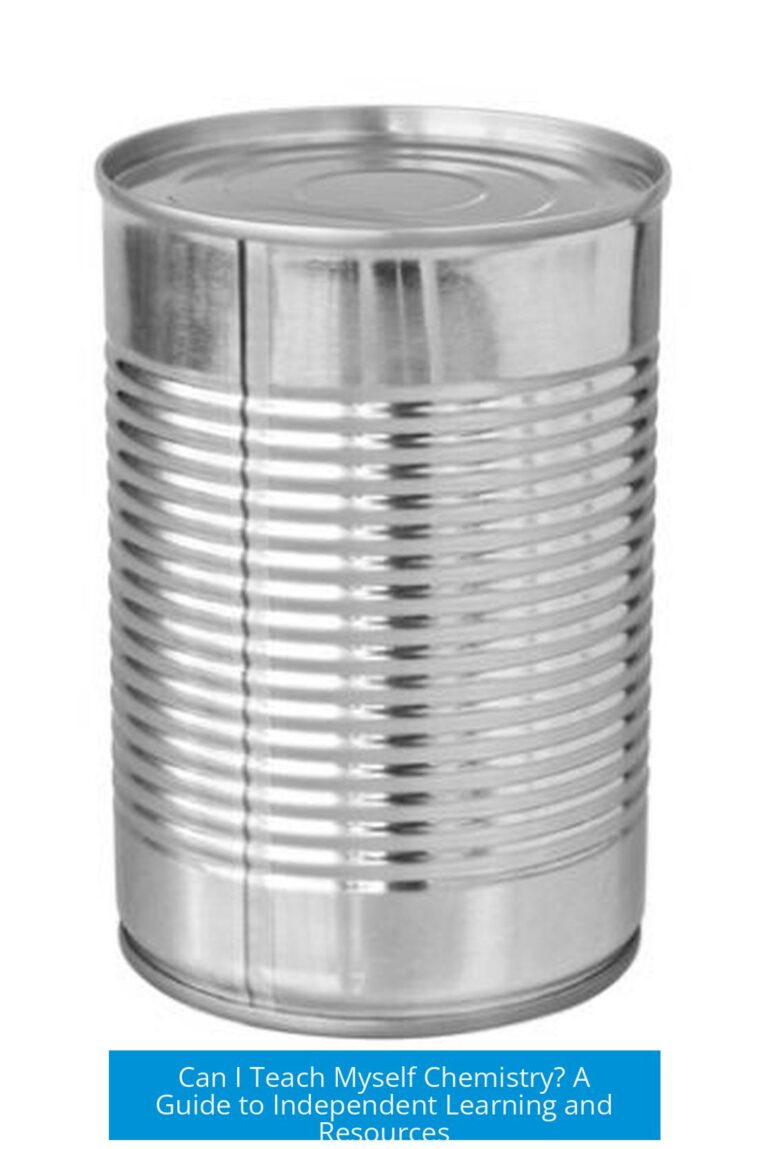Most Entertaining Uses for Leftover Copper Sulfate (Beyond Crystallization)

One of the most entertaining things an amateur chemist can do with leftover copper sulfate, excluding crystallization, is to create vibrant colored flame effects, especially by burning copper sulfate solutions in alcoholic fuels to produce spectacular blue-green flames. This simple, visually striking experiment is safe enough when proper precautions are followed and delivers an impressive demonstration of chemical flame coloration.
Colorful Flame Effects with Copper Sulfate
Copper sulfate is often used to generate colored flames due to copper ions producing distinct blue and green hues. The copper ion’s electronic transitions emit these colors when heated.
- Heat to Anhydrous Form: Heating hydrated copper sulfate removes water molecules, turning it into white anhydrous copper sulfate. This form can indicate water presence when it reverts to blue upon absorbing moisture.
- Blue-Green Flame from Alcohol: Dissolve copper sulfate in a small amount of hydrochloric acid and then mix with methanol (or ethanol). When ignited, the flame bursts with vivid blue-green colors.
- Campfire Green Flames: Small packets or cotton balls soaked in the copper sulfate solution combined with alcohol can be tossed into a fire for a short-lived green flame effect.
- Turquoise Flame with Aluminum & Acid: Adding aluminum foil to a copper sulfate solution containing HCl produces hydrogen gas, which can be ignited to yield a turquoise or blue flame with dramatic visual impact.
The blue-green flames captivate audiences during campfires, chemistry demonstrations, and informal science shows. Always conduct these in controlled environments, away from flammable materials.
Electrochemical Fun Using Copper Sulfate

Copper sulfate supports many simple, hands-on electrochemical experiments with intriguing results:
- Electroplating Copper: Copper sulfate acts as an electrolyte to plate copper onto other metals like iron or steel. With a DC power source, copper deposits on objects, changing their appearance and conductivity.
- Metal Displacement Reactions: Placing a mild steel or iron nail in copper sulfate solution causes copper metal to deposit on the nail’s surface through a classic redox reaction. Zinc or aluminum reacts similarly, producing elemental copper flakes.
- Gravity Cell Battery: Combining copper sulfate solution as electrolyte with zinc and copper electrodes creates a simple galvanic cell producing electrical current, an engaging introduction to battery chemistry.
- Making Sulfuric Acid by Electrolysis: Passing current through copper sulfate solution can generate sulfuric acid and deposit copper metal at electrodes, demonstrating electrochemical transformations.
Creating Colorful Chemical Complexes
Copper sulfate reacts with ammonia and other bases, producing colorful complexes:
- Tetraammine Copper(II) Complex: Adding concentrated ammonia creates a deep royal purple solution, an attractive visual demonstration of complex ion formation.
- Cuprammonium Solution: This copper-ammonia complex can dissolve cellulose from cotton fibers, facilitating the regeneration of fibers for artful or textile applications like making rayon.
- Basic Copper Carbonate Formation: Combining copper sulfate with sodium bicarbonate results in a blue-green precipitate named basic copper carbonate. This shows double displacement reactions vividly.
- Ascorbic Acid Reduction: Adding vitamin C (ascorbic acid) to copper sulfate reduces copper ions to fine copper powder. This straightforward method creates copper particles that can be incorporated into crafts.
Creative and Artistic Uses
Copper sulfate can be part of artistic chemistry projects:
- Staining Concrete: Transparent blue and green stains are possible by applying dilute copper sulfate solutions. These stains penetrate porous surfaces, leaving lasting color effects useful in crafts and decoration.
- Chemical Gardens: This classic chemistry art forms intricate, plant-like structures by growing insoluble metal salts in a gel, giving spectacular shapes that look like miniature alien flora.
- Electrotype Replicas: With an acid bath and copper sulfate solution, copper can be electroplated onto molds such as a head sculpture, producing metallic replicas for fun or study.
- Plating Everyday Objects: Copper-plating keycaps, mouse housings, or jewelry produces unique metallic finishes, showcasing DIY electrochemistry and personalization.
Practical Pranks and Garden Uses
Though requiring caution and ethical considerations, copper sulfate can be used for light-hearted pranks or gardening tasks:
- Writing Messages in Grass: Pouring solutions to spell out words on lawns temporarily alters grass color due to copper toxicity.
- Algae Killer: Small amounts remove algae in garden ponds, benefiting aquatic plants and clarity.
- Plant Growth Control: Copper sulfate controls fungal diseases in crops and can inhibit plant growth on unwanted vegetation, but misuse can be environmentally harmful.
- Colorful Drink Pranks: Though dangerous and not recommended, some joke suggestions involve swapping beverages with blue-colored copper sulfate solutions. Such actions carry health risks and are discouraged.
Advanced and Experimental Chemistry
Experienced chemists can explore more complex uses with leftover copper sulfate:
- Copper Nanoparticles: Using reducing agents with copper sulfate solutions yields copper nanoparticles with applications in catalysis and electronics.
- Copper Acetylide Synthesis: Reacting copper sulfate in ammonia solution with acetylene gas forms copper acetylide, a sensitive explosive compound used in research.
- Thermite-Like Reactions: Mixing copper sulfate and aluminum powder can create thermite-type reactions, resulting in copper metal and aluminum sulfate, although ignition is challenging.
- Electrochemical Tests: In diagnostic chemistry, copper sulfate participates in gravimetric hemoglobin tests, providing hands-on lab experience.
Safety and Responsible Usage
Copper sulfate is a hazardous chemical requiring careful handling. It is moderately toxic if ingested or inhaled and harmful to aquatic life.
When experimenting:
- Wear gloves and goggles.
- Work in a ventilated area or outdoors.
- Keep away from children and pets.
- Do not dispose of copper solutions in waterways.
- Never ingest or apply to skin.
Respect safety rules to enjoy copper sulfate experiments without risks.
Summary: Key Takeaways for Entertaining Copper Sulfate Experiments
- Blue-green flame effects by burning copper sulfate in alcohol offer stunning visual entertainment.
- Copper sulfate supports electroplating and metal displacement reactions, letting users deposit copper on various metals and build simple batteries.
- Chemical complexes with ammonia create striking colors useful for demonstrations and fiber regeneration.
- It can be used in artistic applications like staining concrete, chemical gardens, or electrotype replicas.
- Pranks and gardening uses exist but require caution due to toxicity and environmental impact.
- More advanced chemistry, such as nanoparticle synthesis or explosive precursors, requires expertise and safety measures.
- Always handle copper sulfate responsibly, observing standard laboratory safety protocols.





Leave a Comment